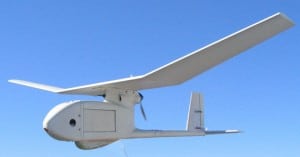
The Federal Aviation Administration (FAA) has unveiled the locations of planned test sites for integrating unmanned aerial vehicles into the national airspace, selecting six out of more than two dozen proposals for the coveted sites. The winners announced earlier this week were University of Alaska, state of Nevada, Griffiss International Airport in New York, North Dakota’s Department of Commerce, Texas A&M University at Corpus Christi, and Virginia Polytechnic Institute and State University. The FAA received numerous proposals from locations in…













